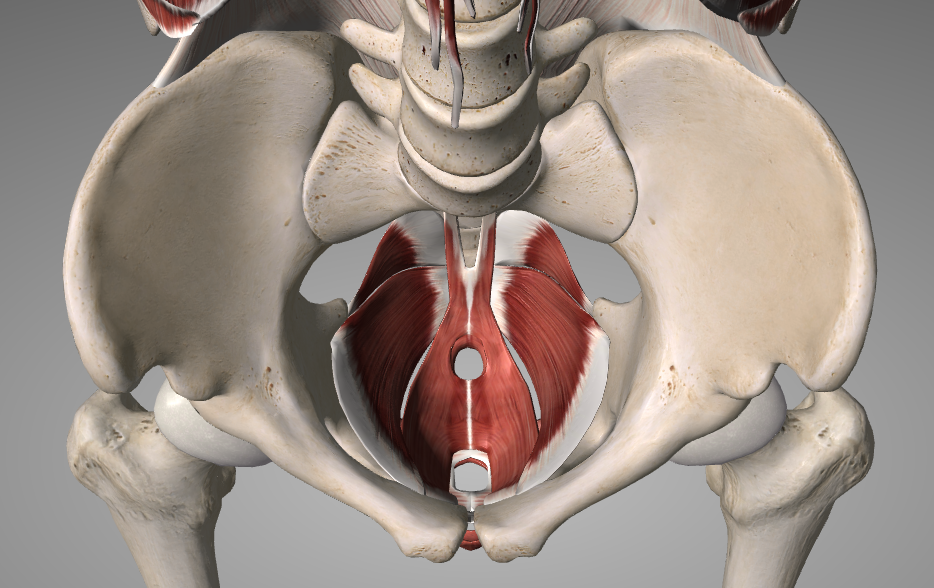A lot of women I see for pelvic health physio appointments have been told about pelvic floor exercises, or Kegel’s – often through antenatal classes, Pilates classes, or friends. A lot of these women also confess that they’re not sure whether they’re doing them right or not. We know that 30% of people think that they can contract their pelvic floor correctly, but are actually doing something different. So this raises the question – how do you know if you’re doing them correctly/effectively? And also, why are they called Kegel’s?
Dr Arnold Kegel outlined a specific method of pelvic floor muscle assessment and strengthening in the mid 1900s. He is the one who “popularised” pelvic floor exercises, and his name has been attached to them ever since. These days the way we prescribe the exercises are quite different, so not truly “Kegel’s exercises”, but the term is generally used interchangeably with pelvic floor exercises.
As for the exercise itself – what is it and how do you do it?
Firstly – your pelvic floor is a group of muscles and connective tissue that sit somewhat like a flexible bowl at the bottom of your pelvis. So when doing a pelvic floor exercise, imagine you are squeezing the muscles that will close all your openings (for women – anus, vagina, urethra; for men – anus, urethra).

https://www.theinjuryclinic.com.au/the-role-importance-of-the-pelvic-floor/
For women – imagine you are stopping a fart, squeezing/lifting a tampon/menstrual cup (or sucking a blueberry up a straw using your vagina), and stopping a wee. For men – imagine you are stopping a fart and stopping a wee, and squeezing your muscles to lift your testicles and penis. Ideally you will have a sensation of a squeeze through your anal sphincter, leading into a gentle lift/drawing forward feeling through your pelvic floor.
Once you have done your best-effort squeeze (while trying to keep legs/bottom/abdominals fairly relaxed!) then you let go – let your pelvic floor muscles relax, imagining a dropping/widening, or melting through these muscles.
That would conclude one repetition of a pelvic floor exercise.
We often give 3 different types of pelvic floor exercises
- Quicks (full squeeze, followed by full relax)
- Holds (squeeze, hold for the prescribed number of seconds, then full relax)
- Long hold (squeeze, hold for as long as possible up to 60 sec, then full relax)
I find that often the emphasis is placed on the squeeze, and the relax gets a little forgotten – which is a shame, because the relax is equally as important as the squeeze! We need these muscles to be strong, keep us continent, support our pelvis and pelvic organs – and we also need them to be flexible, allow full movement, making urination/defecation possible, sex comfortable, and allowing the muscles to rest. Without the ability to properly relax these muscles become “overactive” and often painful.
When we prescribe pelvic floor exercises we do a pelvic floor assessment first – ensuring you can actively squeeze your pelvic floor muscles, and that you can properly relax them. If you cannot properly relax them we will usually start with pelvic floor muscle relaxation, or “downtraining”, first before proceeding with the squeezes; or we may prescribe squeezes but at a slower pace, with the focus being on a full relaxation following the squeeze.
If you’re unsure whether you are doing pelvic floor exercises correctly, or think you may not be relaxing properly – book in with a pelvic health physio for an assessment. They will be able to suggest the best approach for you and your pelvic floor.
Book a Physio arrow_forward

